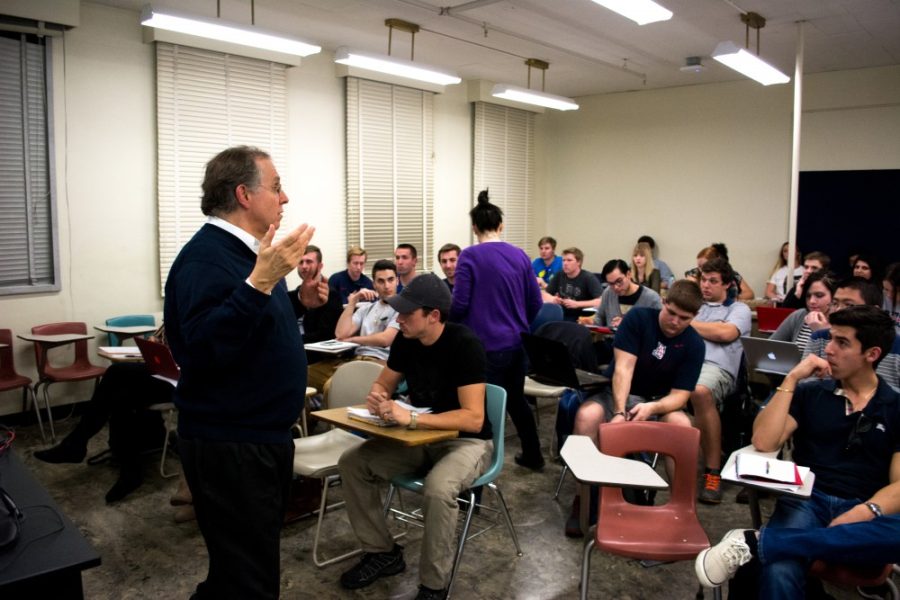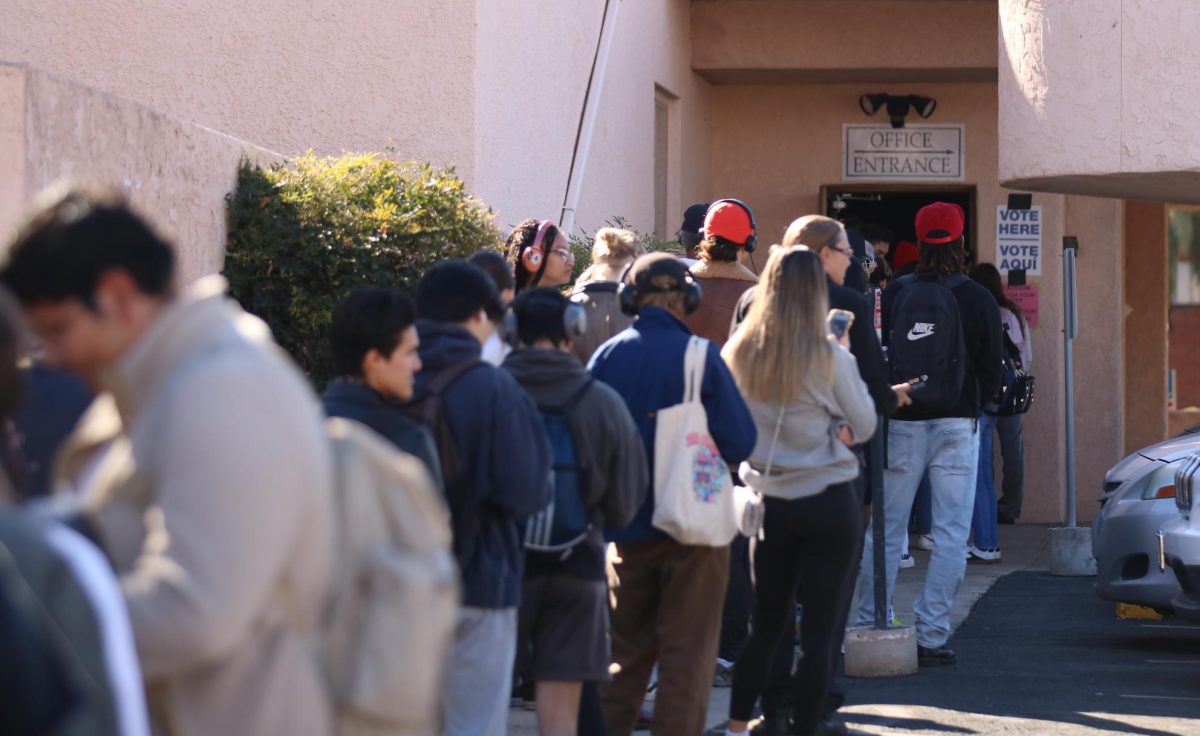The Arizona Board of Regents will set tuition levels for next year during its meeting today in the Student Union Memorial Center Grand Ballroom.
The UA’s proposal would not increase tuition for new and continuing resident undergraduate students, but contains a 3 percent across the board increase for all other segments of the student population. Undergraduate resident students have seen tuition increase by more than 20 percent each of the last three years.
Though their tuition rate may not increase, resident undergraduate students could pay as much as $750 more in tuition due to the expiration of a regent-mandated tuition credit that was passed to help students cope with last year’s $1,500 tuition increase.
The UA’s current resident undergraduate tuition rate is above the median, but below the average of its peer institutions, as determined by the regents. The University of Florida has the lowest tuition rate in that group, at $5,657, and Pennsylvania State University has the highest, at $15,984. This year, only five of the UA’s 16 peer institutions had a lower projected cost of attendance, which is estimated at $19,575 for residents and $35,034 for nonresidents. But resident undergraduates saw an average of 35.4 percent of their family income go toward UA-related expenses last year.
In total, tuition increases at the UA, Arizona State University and Northern Arizona University will generate roughly $112.2 million in revenue for the Arizona University system. Of that, $8 million will go to financial aid initiatives and $4.4 million will fund faculty recruitment and retention efforts at the UA. The UA will also receive $8.9 million for enrollment-related expenses and $1.7 million in funding for the College of Medicine.
Rent is expected to go up for every UA residence hall, with increases ranging from $129 for tier four halls such as Navajo-Pinal Residence Hall and Hopi Lodge, to $179 for tier one halls such as Coronado Residence Hall, Likins Hall and Árbol de la Vida Residence Hall.
The UA’s proposal does not contain any increases in mandatory fees, meaning that students on the main campus would continue to pay $921 in mandatory fees, and students at UA South would pay $498.








